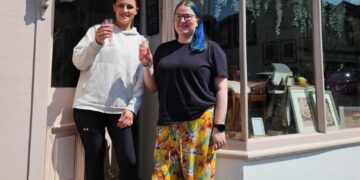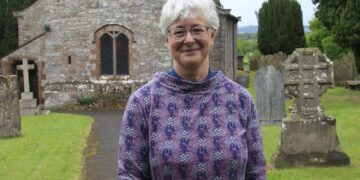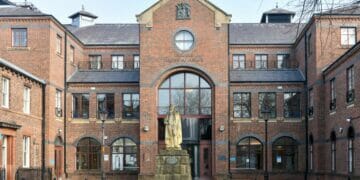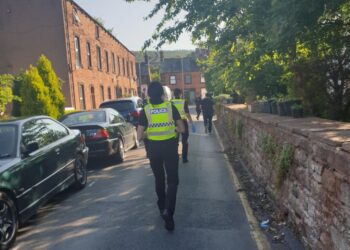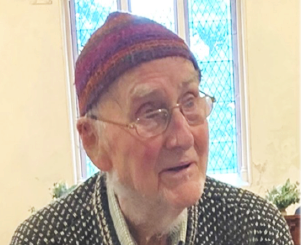
David Mallinson, who died in France on January 10, aged 95, began his life as a professional artist in London in the early 1950s, painting only at weekends and in the evenings, while working during the day as a state schoolteacher.
His paintings — many of London streets and squares — soon found a ready market at the Quadrant Gallery, then in Trafalgar Square, and were also exhibited at the Royal Academy, Royal Society of British Artists, the Royal Institute of Oil Painters and the Royal Society of Portrait Painters.
Influenced by Nicolas de Staël, he turned to semi-abstraction and landscape, exhibiting at the Piccadilly Gallery.
David was born in Carlisle, the son of William, deputy manager of the Midland Bank in the town, and Mary, a schoolteacher in the nearby village of Great Salkeld, where the family had their home.
He attended Queen Elizabeth Grammar School, Penrith, where he became an accomplished rock-climber, runner and tennis player.Then, realising he wanted to paint, he gained a place at the Slade School in London in 1943.
His studies were interrupted by wartime service, when he was commissioned into the Black Watch in 1944.
He was seconded to the Frontier Force Regiment, serving in Burma (where he was machine-gunned by the RAF in a friendly fire incident) and then in Kashmir, the Dodecanese Islands, Egypt, Palestine (where he survived a terrorist attack) and Germany, where he was in charge of Bielefeld station.
In Rhodes, he had briefly met his future (Greek) wife, Tina Tusgioglu, corresponding with her for four years from his postings until they married in Rome in 1950, David having decided to continue his studies at the Slade.
The years following his graduation in 1952 were productive. While Tina began her career at the Foreign Office’s information research department, he began teaching art, first at schools in North London, and then at Isleworth Polytechnic.
His career prospered, and in 1980, he was made head of the art school of Isleworth Polytechnic (now West Thames College) in West London.
He built up a number of design courses, one of which — a higher national diploma in art and design — had an international reputation, with 90 per cent of graduates obtaining a job with the likes of Saatchi & Saatchi within six months of graduation.
He was also elected as the West London secretary of the Greater London Arts Association (GLAA).
He retired in 1990, and in 2004 had a retrospective exhibition at Sally Hunter Fine Art, where 26 of his 30 exhibited paintings were sold.
In 2007, David and Tina began dividing their time between London and the South of France. Following an exhibition at the town hall of Cagnes-sur-Mer, simple old age meant he had to cease painting in his last four years.
David visited the family homes, Hunter Hall (sold in 1964) and Corner House in Great Salkeld regularly. His elder brother (squadron leader) William Mallinson, died in 2011.
He is survived by Tina and two sons, Adrian and William. Their sister, Leila, died in 2017.






